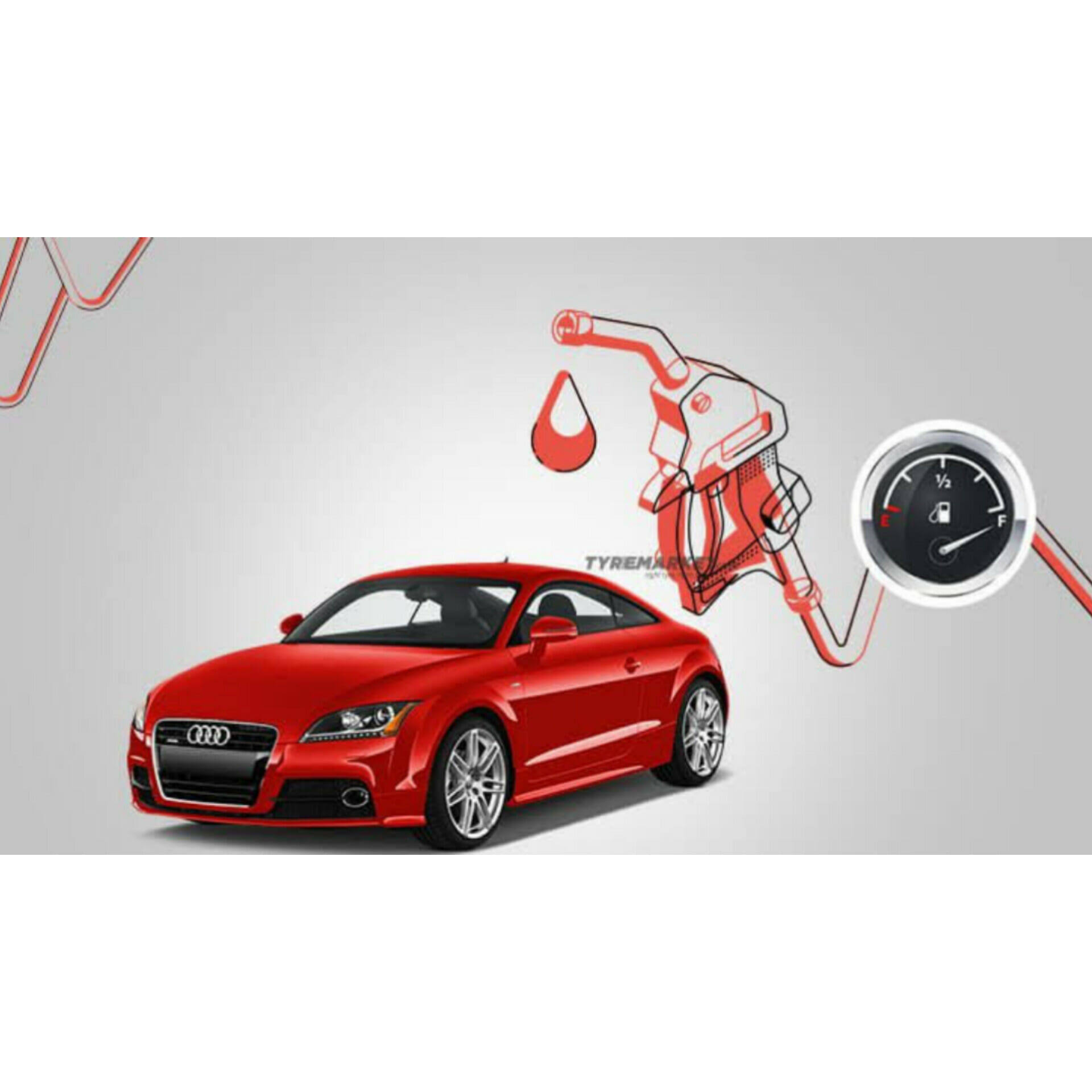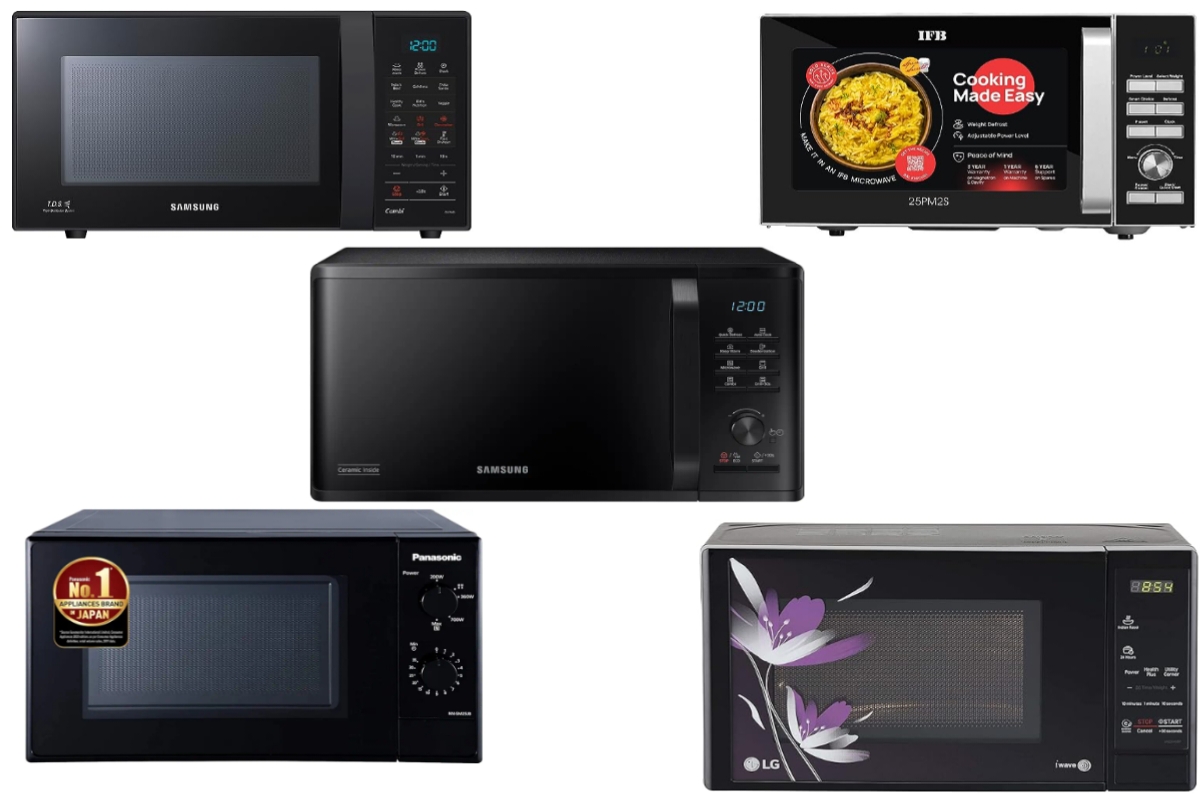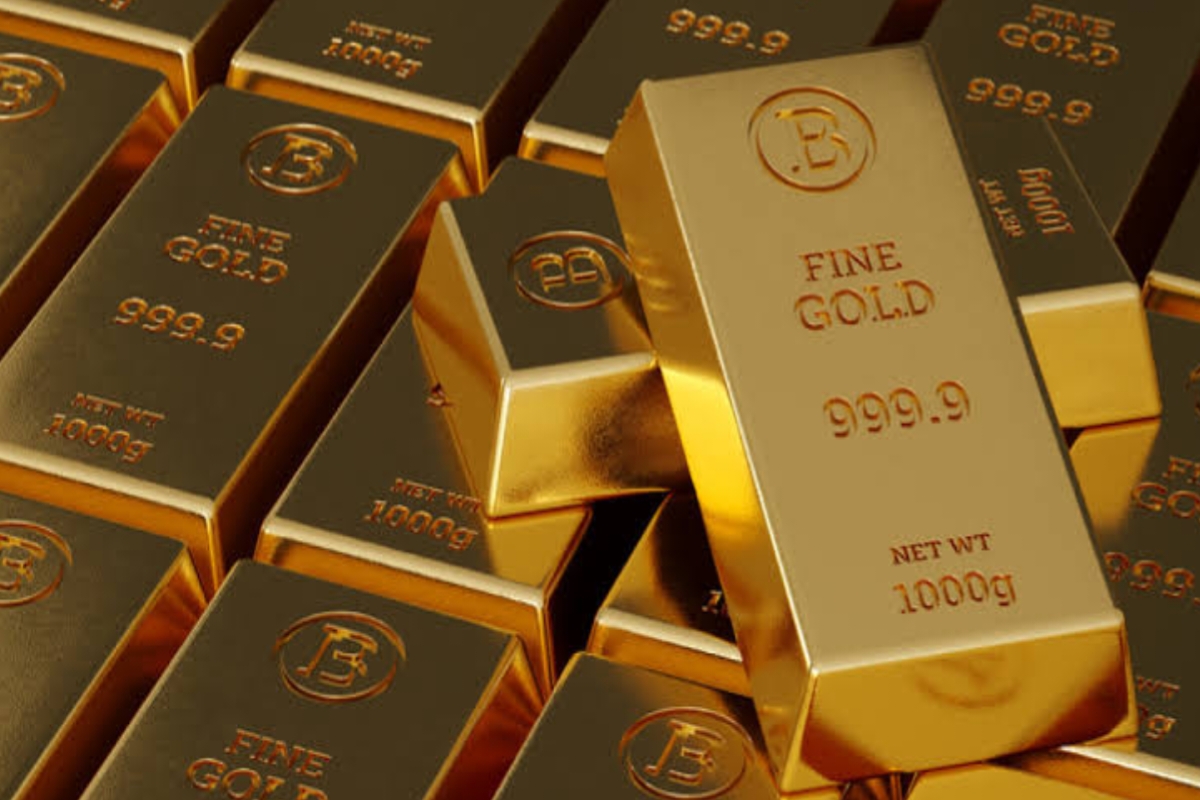Fuel efficiency tips: The government recently reduced excise taxes, but the price of petrol and diesel has remained high over the past six months. Making ensuring your car gets more mileage per litre of petrol is one of the best methods to combat the rising cost of fuel. A few straightforward, effective driving techniques must be observed if you want to get more miles per litre. No matter the type of car, you may increase fuel economy by adhering to these straightforward steps. A vehicle’s fuel consumption is also correlated with a driver’s driving style.
Increase tyre pressure
Owners of vehicles undervalue the significance of tyres and their contribution to optimum fuel efficiency. The only point of contact between the vehicle and the ground is the tyre. Because of the rolling resistance that they produce, the engine uses the majority of its power to propel the vehicle.
Low tyre pressure makes the engine work harder, which increases resistance and fuel consumption. Therefore, it’s crucial to maintain the tyres’ air pressure at that level or greater. Prior to a long trip and once every week, check the tyre pressure. On the driver’s side door, the vehicle’s proper tyre pressure information is typically noted. At the suggested intervals, have the wheels balanced and straightened.
Fuel efficiency tips: When to stop
Modern engines have a good deal of technology and don’t mind being restarted frequently. Long periods of idling not only squander valuable gasoline but also harm the environment. Check the remaining time at the traffic light before the light turns green. If you anticipate having to wait a long time, turn the engine off.
Anticipate and drive
Observe the traffic flow as you look up the road in front of you. You can plan your manoeuvres and save needless acceleration and braking by anticipating how traffic will move. Early recognition of traffic signals will enable you to cruise to a stop rather than applying heavy braking just before it’s necessary.
Maintaining a constant speed will help you conserve fuel and even catch up to faster moving vehicles. Similarly, it serves little purpose to accelerate through slower moving traffic only to become snarled in it later.
Be gentle on the throttle
Use the least amount of throttle feasible when driving. In order to overcome inertia and reach speeds from rest, an engine needs the majority of its fuel. In order to reduce this, you should accelerate gradually and smoothly while applying as little pressure as possible to the accelerator. Speed itself need not be bad, as long as it is built up gradually.
Consider it like running a marathon; you must set your pace and save some energy for the finish. Driving at a higher pace and accelerating quickly will use more petrol than driving slowly.
Keep watching our YouTube Channel ‘DNP INDIA’. Also, please subscribe and follow us on FACEBOOK, INSTAGRAM, and TWITTER












